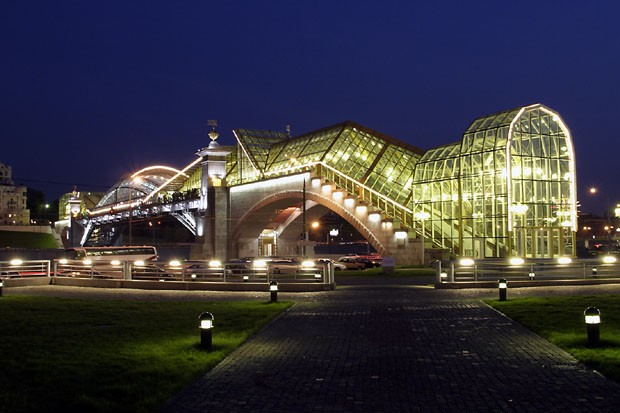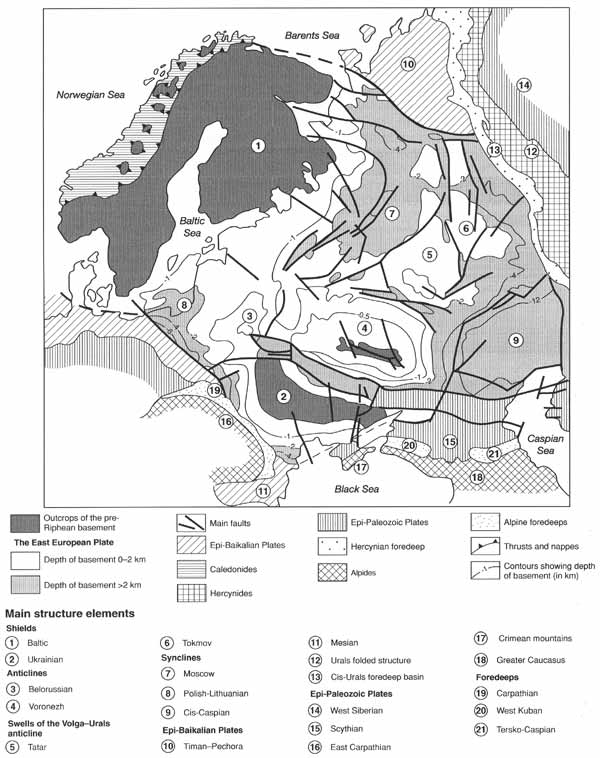Earth Science 7Moscow, Russia
Moscow, Russia
Latitude/Longitude - 55.45'N, 37.37'E [1]
Elevation - 152 meters [1]
Large Body of Water - the Moskva River runs through Southern Moscow [1]


Contents
Climate
Climate Zone
Moscow has a humid continental, or Dfb on the Koppen Classification system, climate. It has a severe winter, no dry season, and a warm summer. A city with a similar climate is Harbin, China. Earth Science 7-Harbin, China
Temperatures
Yearly average maximum is about 9 degrees Centigrade. Yearly average minimum is 1 degree Centigrade.
| Jan. | Feb | Mar. | Apr. | May | June | July | Aug. | Sept. | Oct. | Nov. | Dec. | |
|---|---|---|---|---|---|---|---|---|---|---|---|---|
| Ave. High (C˚) | neg. 6 | neg. 5 | 1 | 10 | 18 | 22 | 23 | 22 | 16 | 8 | 1 | neg. 4 |
| Ave. Low (C˚) | neg. 12 | neg. 12 | neg. 6 | 1 | 7 | 12 | 13 | 12 | 7 | 2 | neg. 4 | neg. 9 |
Precipitation
Yearly average is about 600 millimeters, with the most coming in July and August.
| Jan. | Feb | Mar. | Apr. | May | June | July | Aug. | Sept. | Oct. | Nov. | Dec. | |
|---|---|---|---|---|---|---|---|---|---|---|---|---|
| Average Precipitation (mm) | 34 | 29 | 33 | 38 | 51 | 66 | 82 | 72 | 58 | 50 | 44 | 42 |
Climate Regulating Factors
Moscow is at 55 degrees North, in the low pressure cell on the Three Cell model and does not have a high elevation. Moscow is not near a large body of water, so it is not affected by ocean currents. The topography is mostly plains and is is affected by Northern Hemisphere Jet Stream. Cold winds blow from the South and Southwest, while Northern and Northwestern winds in the summer come from Arctic Ocean, making it moister. Conifer forest (taiga) makes the temperature cooler, while other vegetation is temperate broadleaf forest and steppe.
Geology
Plate Tectonics
Moscow is located on the Eurasian Plate. It is approximately 1700 kilometers from the nearest plate boundary.
Rocks Under Moscow
Moscow is built on Quaternary sediments from the Moscow River valley that overlies thin Mesozoic rocks deposited in a shallow intracratonic sea. If you drill down under Moscow, you will penetrate a few thousand meters of sedimentary rock aged Permian to Precambrian. The basement rock under Moscow is metamorphic rock that is part of the Baltic shield, which contains some of the oldest rocks on Earth. [4]
